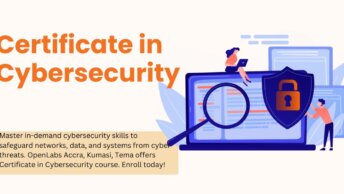The times have dictated school closings and the rapid expansion of online education. Can online lessons replace in-school time?
Clearly online time cannot provide many of the informal social interactions students have at school, but how will online courses do in terms of moving student learning forward? Research to date gives us some clues and also points us to what we could be doing to support students who are most likely to struggle in the online setting.
Most online courses have a format much more similar to in-person courses. The teacher helps to run virtual discussion among the students, assigns homework, and follows up with individual students. Most times these courses are synchronous (teachers and students all meet at the same time) and sometimes they are asynchronous (non-concurrent). In both cases, the teacher is supposed to provide opportunities for students to engage thoughtfully with the subject matter, and students, in most cases, are required to interact with each other virtually.
Online teaching also makes use of digital tools and software to allow teachers and students to connect remotely, continuing the classroom experience in a virtual space. Using recorded lectures, discussion forums, and other tech solutions, you are now able to gain degrees and qualifications all at your own comfort and convenience also at less cost.
The popularity of online learning is growing rapidly. Nearly three million students are currently enrolled in online programs and six million are taking at least one online course as part of their degree.
There are many advantages to taking online classes, from added ease and flexibility to greater engagement with teachers.
But on the other hand, online courses are generally not as effective as in-person classes, but they are certainly better than no classes. Research shows that students with fewer resources at home, learn less when they are not in school. Right now, virtual courses are allowing students to access lessons and exercises and interact with teachers in ways that would have been impossible if an epidemic had closed schools even a decade or two earlier. So we may be skeptical of online learning, but it is also time to embrace and improve it. But as at now in a current epidemic situation online is the way to go.








